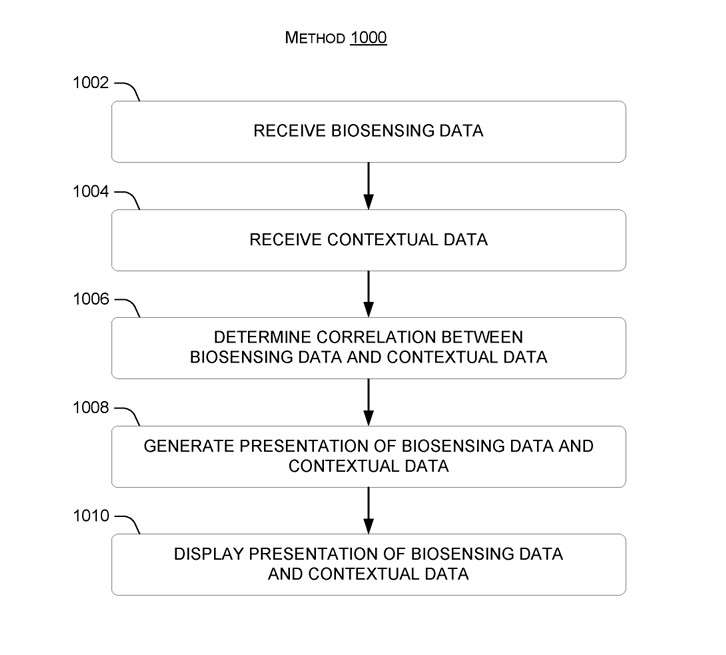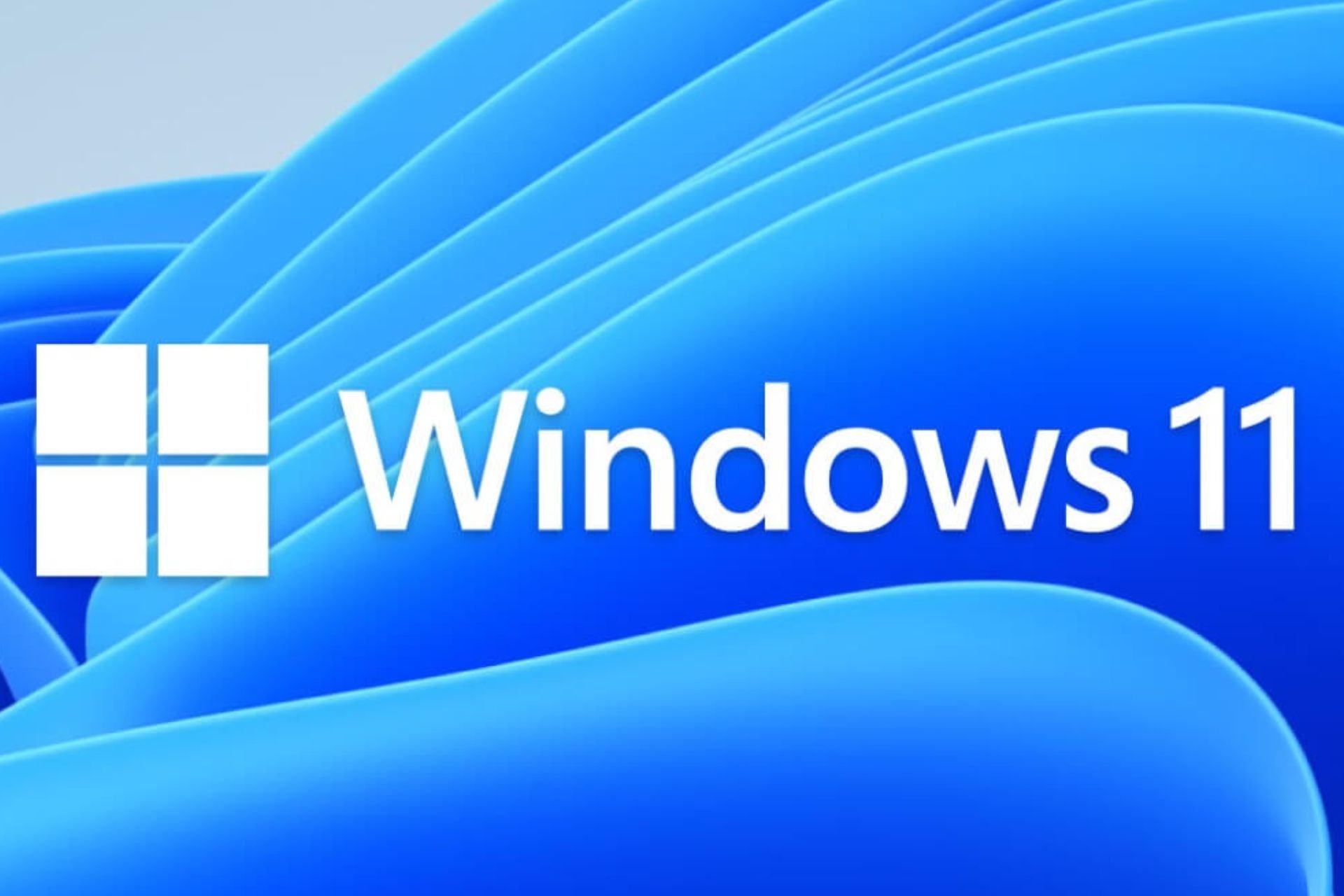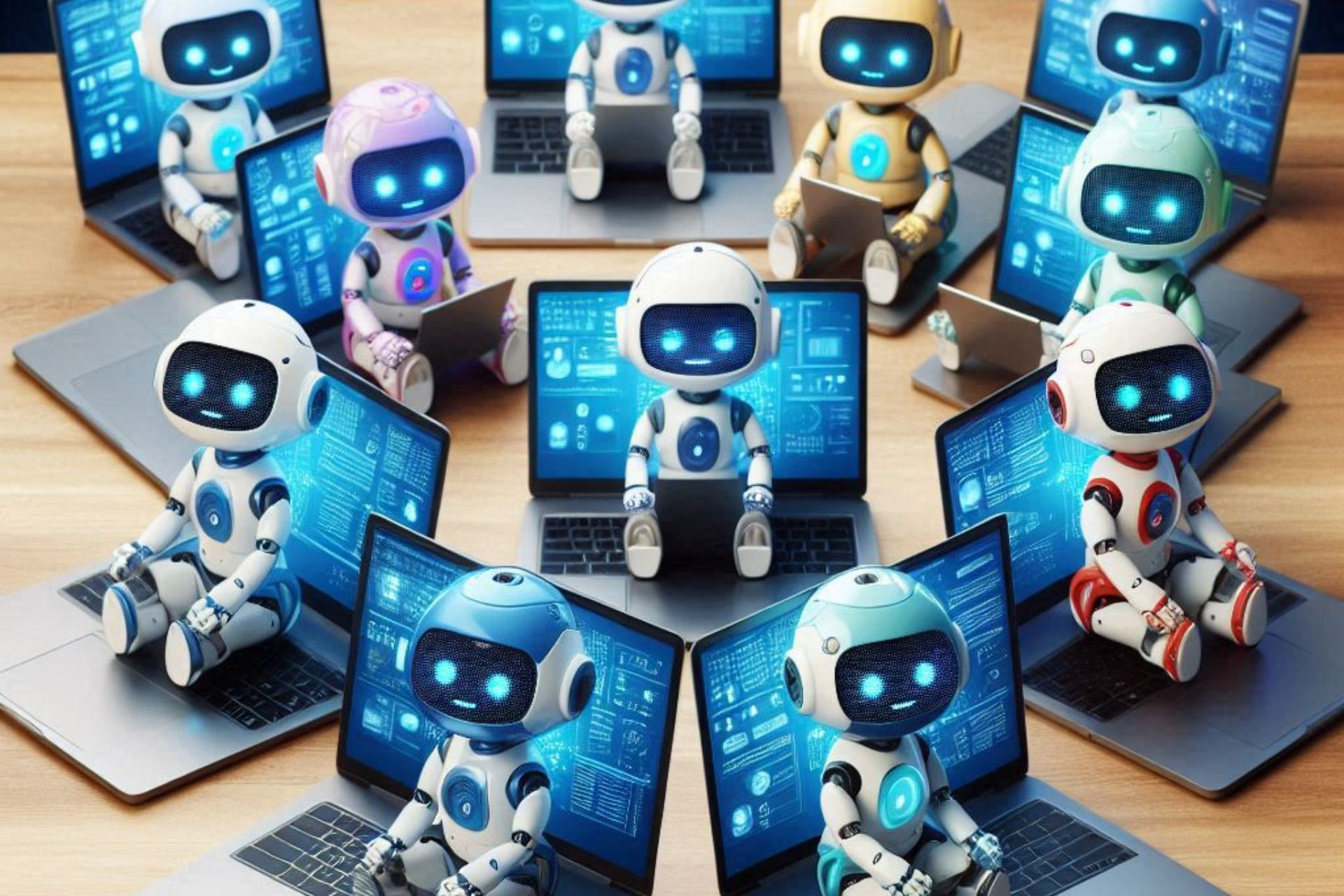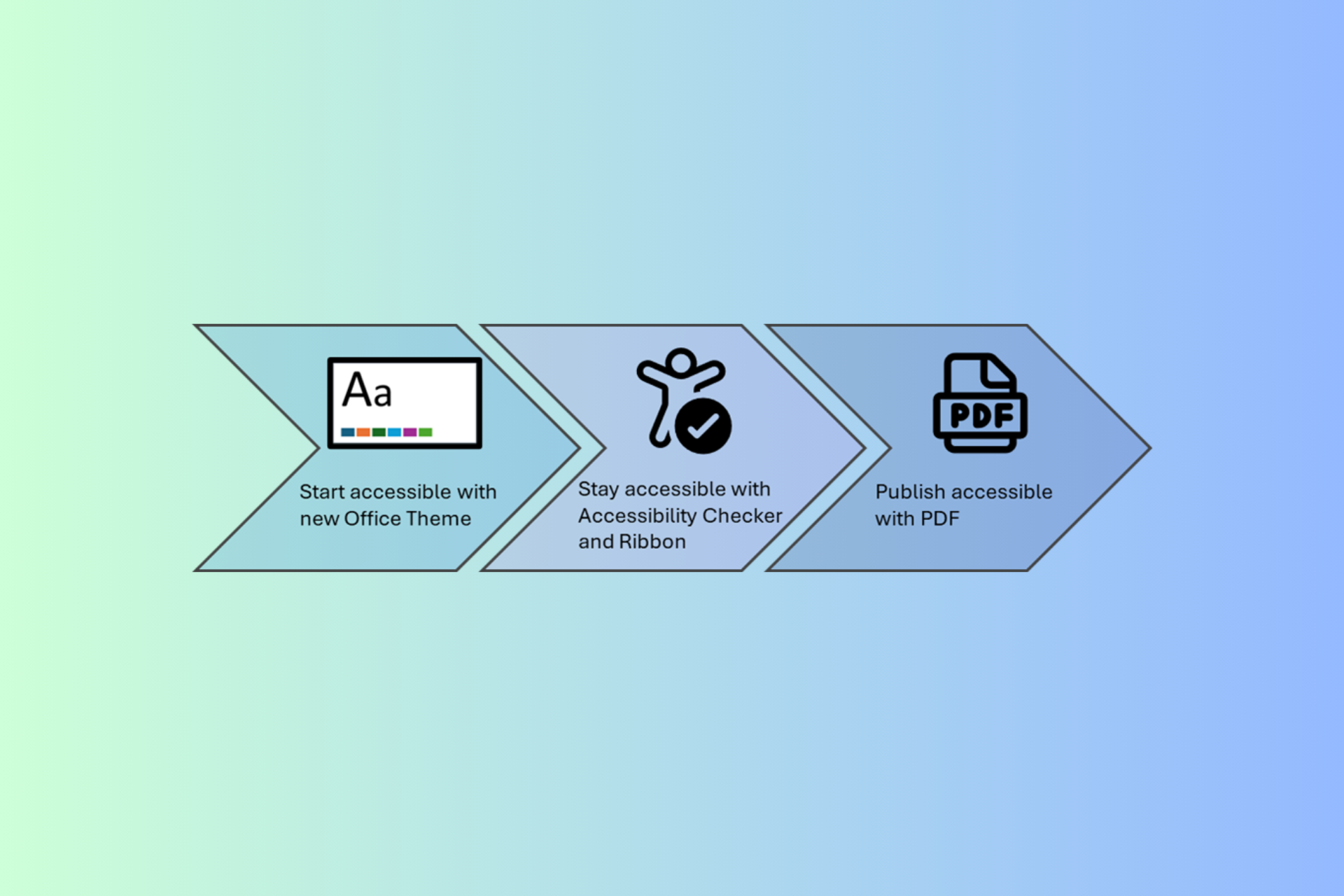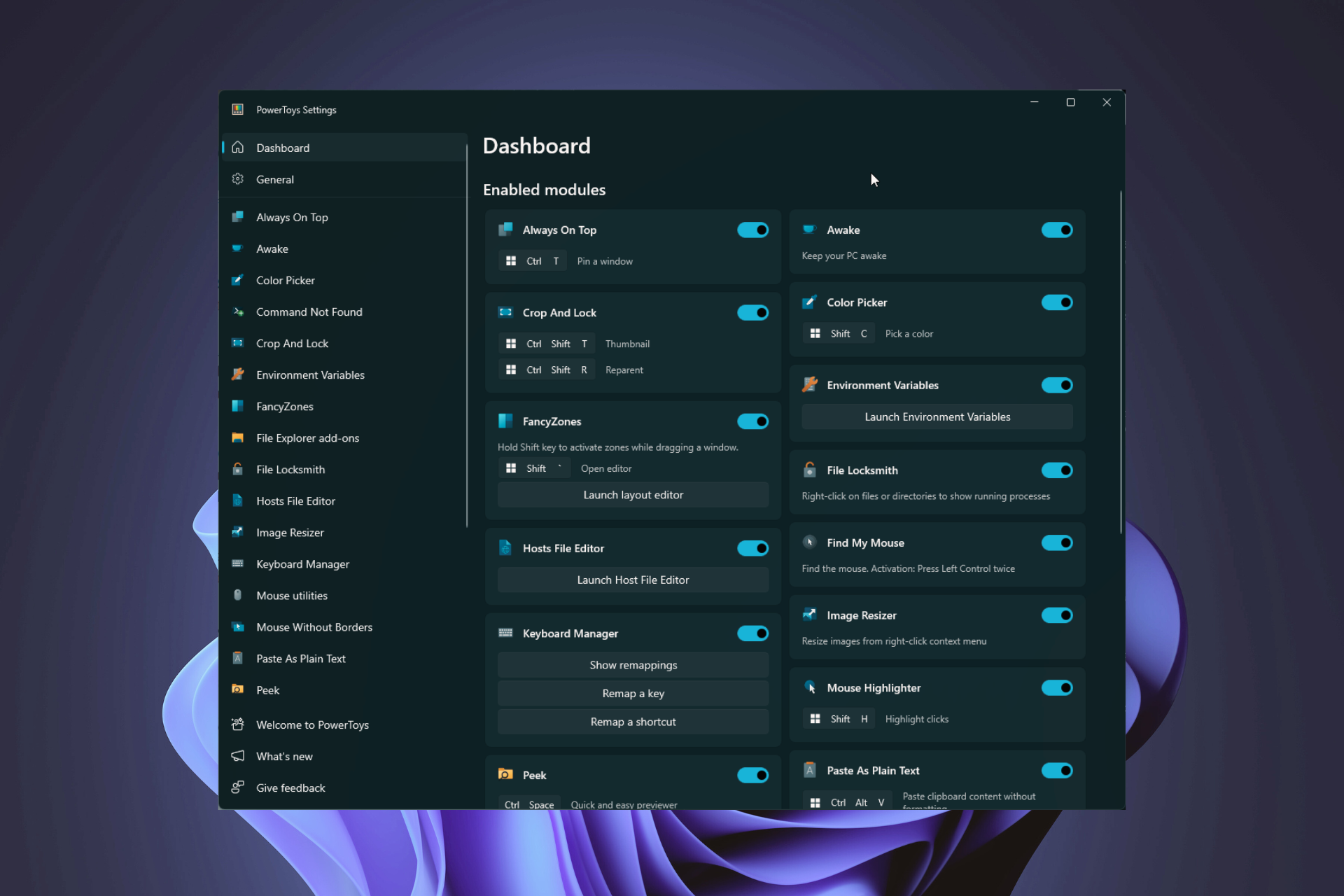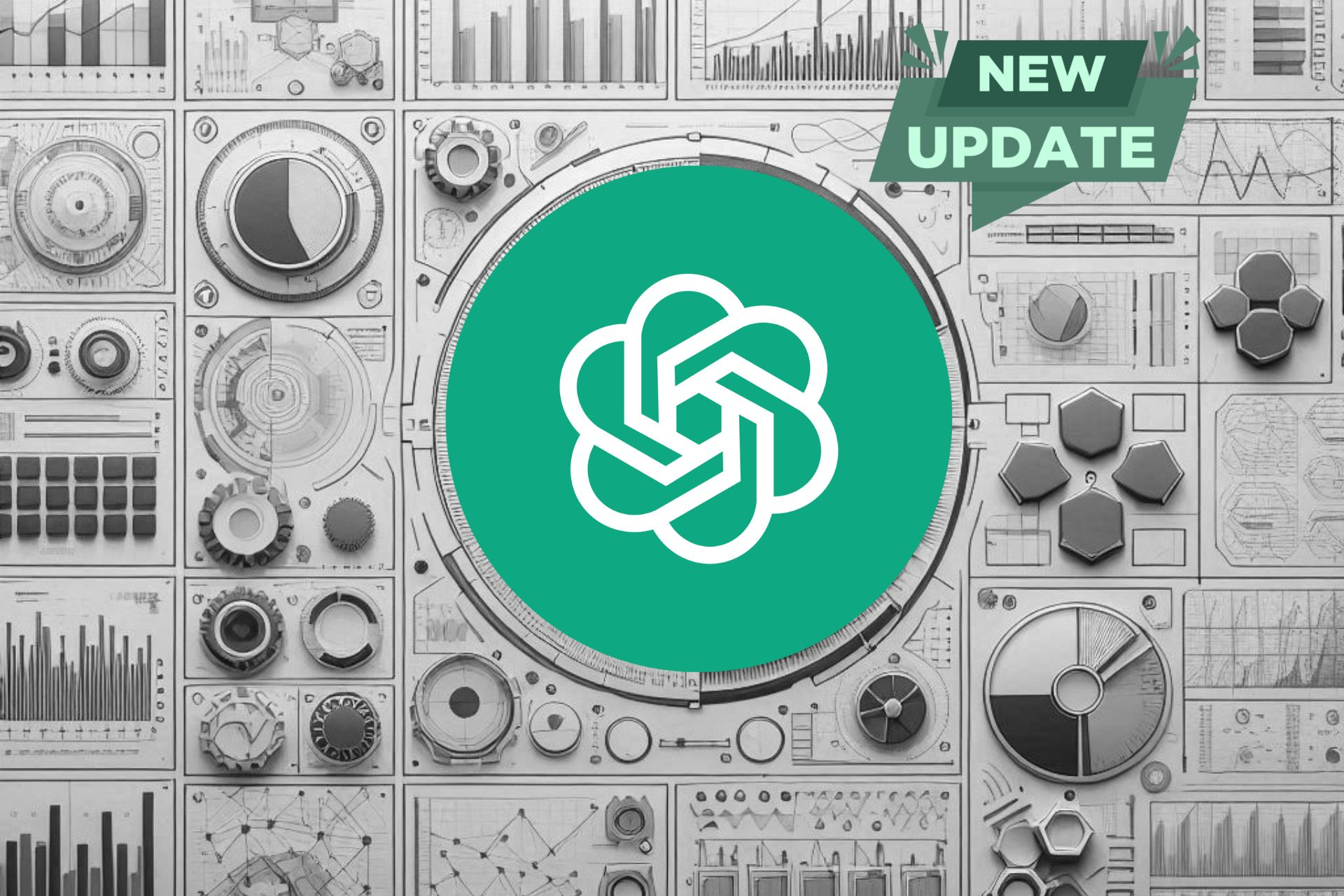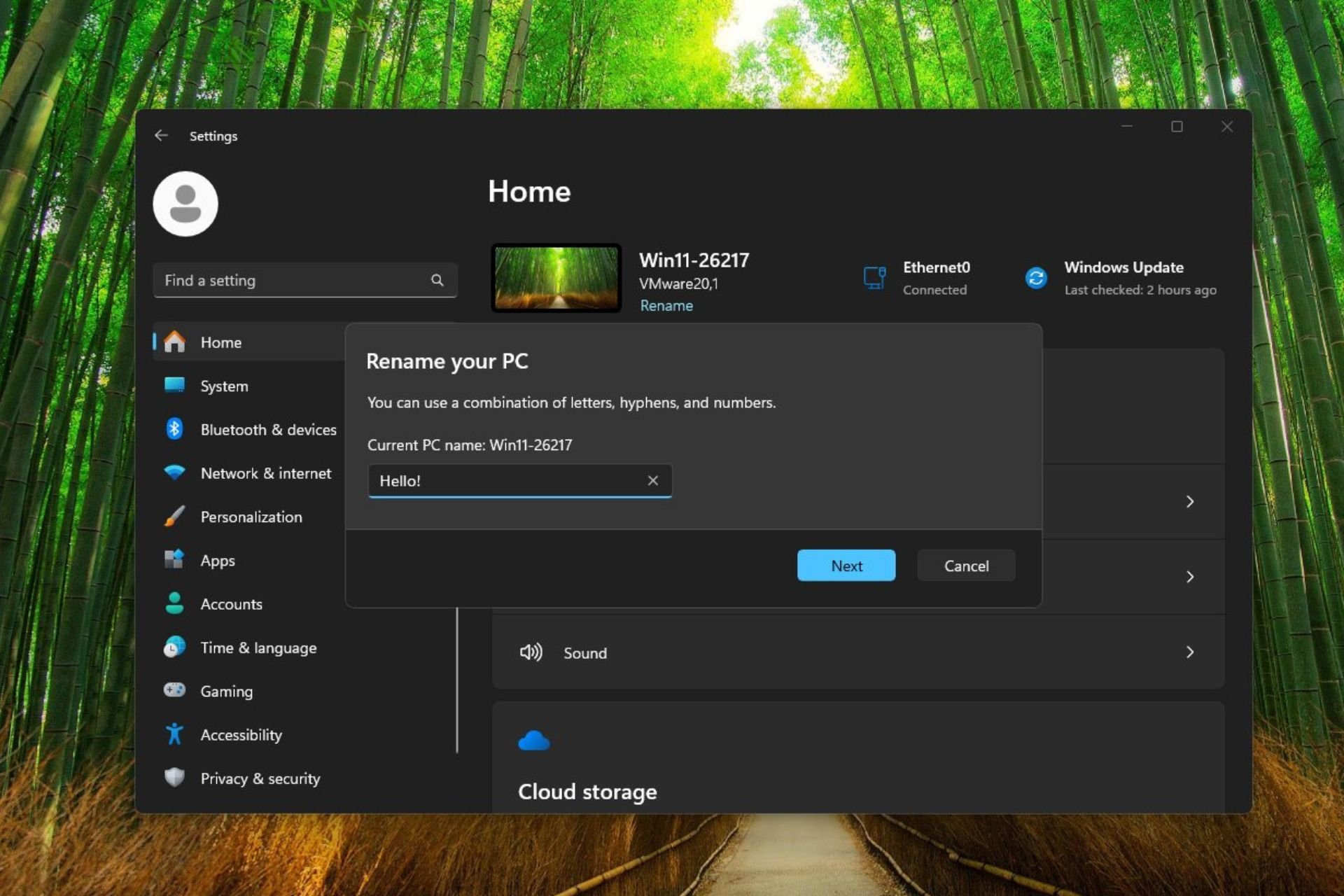Microsoft is working on a neuroergonomic system capable of measuring your stress at work
This technology offers a glimpse at what Microsoft is thinking for the future.
4 min. read
Updated on
Read our disclosure page to find out how can you help Windows Report sustain the editorial team Read more
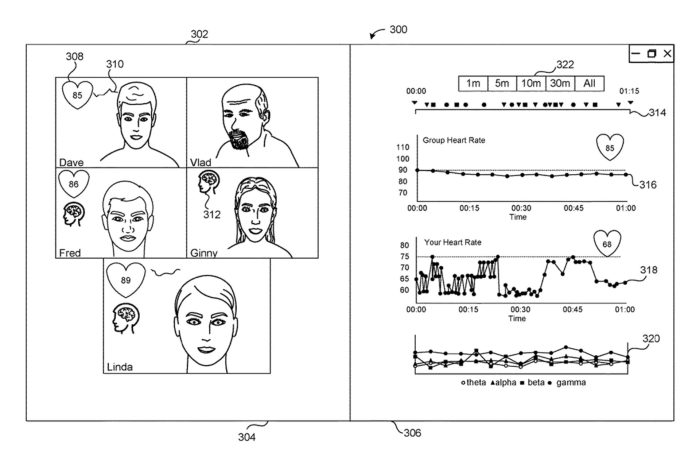
The concept of neuroergonomics is relatively new, and if we are to trust Wikipedia, it applies neurosciences to ergonomics, to improve workspaces to fit the brain functions of all employees for a better and healthier performance, all around.
It seems that Microsoft is looking into developing such a neuroergonomic system, according to a patented technology published recently in a paper.
The technology describes it as a system that measures biological signals (like heart rate, pupil size, stress level, etc.) and links them to events happening at the same time. These measurements and events can be shown as they happen or as a summary of past data.
The present concepts inbolve presenting biosensing data in context such that useful knowledge, including neuroergonmic insights, can be gained. For instance, bio-sensing measurement associated with one or more users can be presented in conjunction with events that occurred when the biosensing measurements were taken, so that the viewer can observse how the users responded to the events.
The system would use several other devices to measure these emotions based on biosensors. So, devices such as smartwatches can measure the pulse and heart rate and send that information to the system. The microphone in a laptop can record breathing sounds, and send the data to the system, again.
Other peripherals, such as the web camera, can gather data about the eye pupil size and body temperature, and send that data to the system.
The system, then, will process all of the data gathered around from various devices., while also figuring out exactly when those peaks or lows in biosensors happened. In other words, the system can tell you were nervous in a videoconference, stressed when performing a work task, or even bored when watching a video presentation.
The present concepts involve presenting biosensing data in context such that useful knowledge, including neuroergonmic insights, can be gained. For instance, bio-sensing measurement associated with one or more users can be presented in conjunction with events that occurred when the biosensing measurements were taken, so that the viewer can observse how the users responded to the events.
This way, users can easily understand which events caused which physical responses. However, Microsoft doesn’t want the neuroergonomic system to stop here. Aside from using AI to offer valuable information about one’s mental state when working, the system also recommends various actions that can provide a better environment for the users.
The biosensing data taken during a videoconference meeting, during a speech, while an advertisement is being presented, or while playing a movie, can provide insights into how to improve the meeting, the speech, the advertisement, or the movie, respectively.
This helps users to change their behavior, improve their work process, design better products or services, increase their happiness and well-being, be more productive and earn more, and avoid things that negatively affect their feelings and mental state.
The system is presented using SDK (software development kit) technologies to customize the criteria that should be taken into consideration, thus making it fit specific environments, from corporate organizations to educational organizations, or even healthcare, or social services.
Microsoft envisions this neuroergonomic system as an independent app, but it could also be integrated into existing platforms or operating systems, such as Microsoft Teams or Windows.
The Redmond-based tech giant is no stranger to developing technologies that aim to improve the mental state of employees, with Microsoft Mesh being one of them, for instance. However, this system would be far better, as it offers real and pragmatic data to organizations seeking to make work for employees less stressful, or even stress-free.
The full paper can be read here.
What do you think about it?

